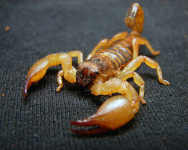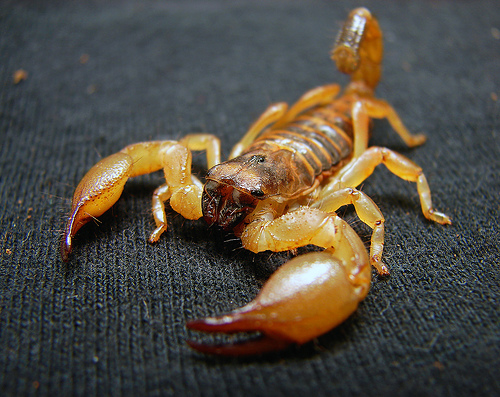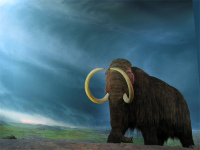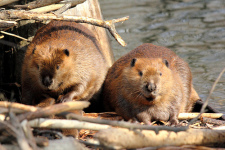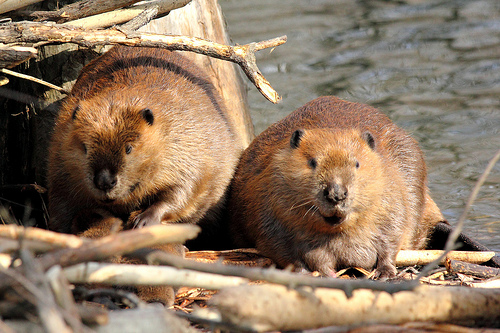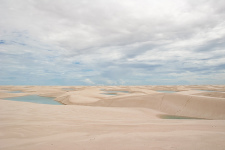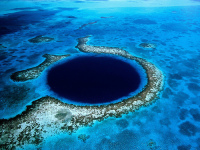
Don’t fall down the Great Blue Hole.
- The Great Blue Hole is an underwater sinkhole or cave, located near Belize of Central America, in the Lighthouse Reef.
- The Great Blue Hole is 300 metres (984 feet) in diameter, the largest of known blue holes in the world, and it measures 124 metres (407 feet) in depth.
- The Great Blue Hole is part of the Belize Barrier Reef Reserve System that became a UNESCO World Heritage Site in 1996.
- In 1971, explorer and naval officer, Jacques Cousteau from France, publicised the Great Blue Hole as one of the best scuba sites in the world.
- The Great Blue Hole is the home to numerous limestone formations that are affected by karst phenomena, including stalactites.
 The Great Blue Hole
The Great Blue Hole
Image courtesy of Eric Pheterson/Flickr
- The Great Blue Hole is the home to many species of fauna that live around the reef that surrounds the outer rim of the hole, including the occasional reef shark.
- The Great Blue Hole is a popular tourist destination and diving site, due to its great size, clear water, cave formations, and surrounding wildlife, and snorkeling is also popular.
- The Great Blue Hole is said to have been originally a cave above sea level, that eventually filled with water and collapsed.
- The Great Blue Hole can be viewed from the air, or accessed via watercraft, and boats can only anchor in specific areas, as they have caused reef damage in the past.
- The official depth measurement of the Great Blue Hole was recorded in 1997 by the Cambrian Foundation, and the expedition’s primary focus was to collect seafloor samples from the hole.
Bibliography:
Blue Hole Natural Monument, 2008, Belize Audubon Society, http://www.belizeaudubon.org/?page_id=3603
Great Blue Hole, 2014, Atlas Obscura, http://www.atlasobscura.com/places/great-blue-hole
Great Blue Hole, 2014, Wikipedia, http://en.wikipedia.org/wiki/Great_Blue_Hole





